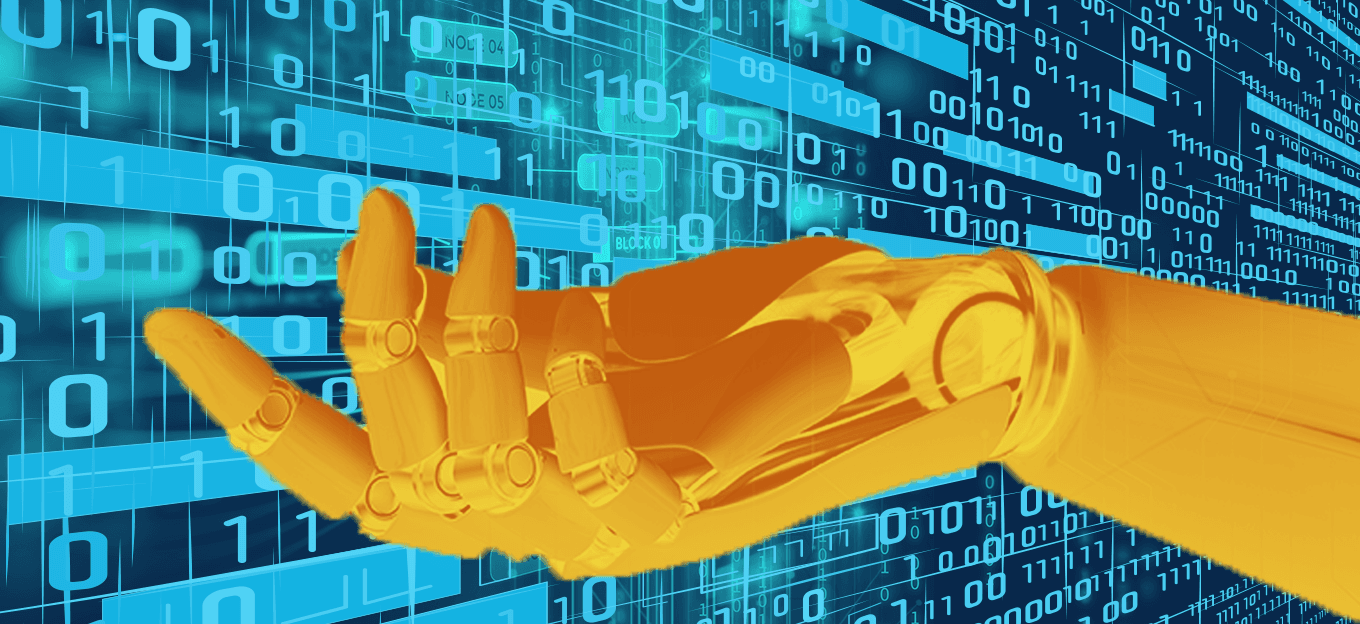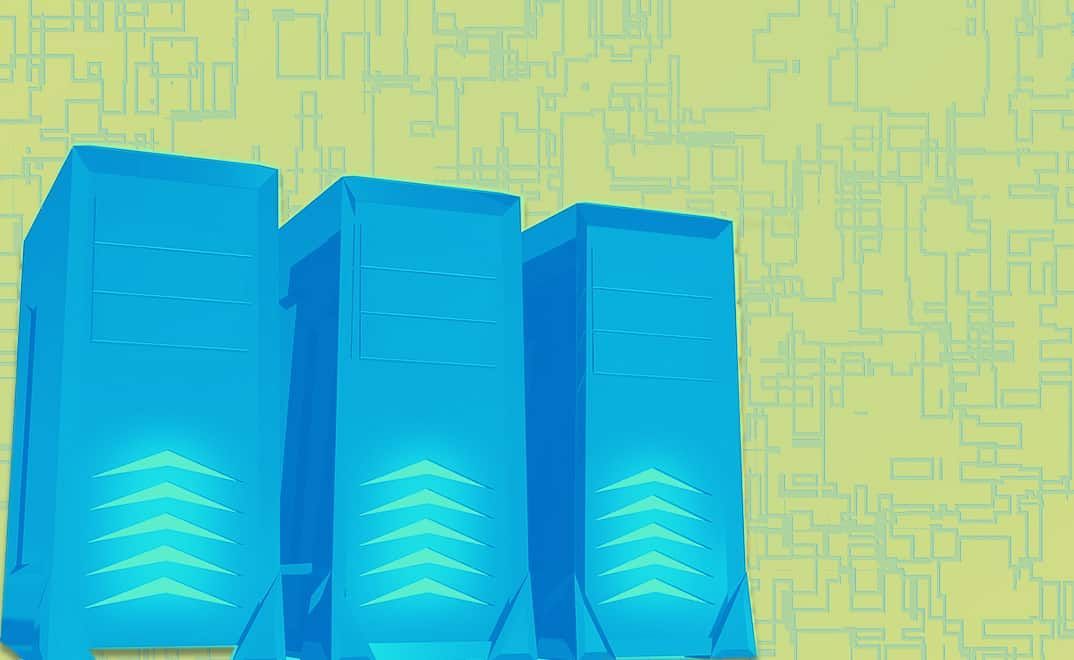Smart IoT Platform Measuring Great Lakes Data
Smart IoT Platform Measuring Great Lakes Data
- Last Updated: December 2, 2024
SpinDance
- Last Updated: December 2, 2024



The future of how the Great Lakes region collects and uses environmental data is on the cusp of a change. As we face challenges, including a rapidly evolving shoreline and yearly harmful algal blooms, many people turn to smart, connected technologies for solutions. The time is right for an upgrade to the way we understand the water around us.
A Need For Shared Data
Thirty-four million people in Canada and the United States fish, boat, drink, swim, and otherwise depend on Great Lakes water for life. What happens in the water affects the weather, the economy, and peoples’ health.
By leveraging advanced technologies, non-profit GLOS is pushing the boundaries of traditional Great Lakes data harvesting with IoT.
Those who live near the lakes experience firsthand how wave size impacts swimmer safety, how an algal bloom impacts tourism, or how changes in lake levels and temperatures affect the environment, wildlife, recreation, and property.
Monitoring the water requires a massive, region-wide community, or “observing system,” of people, technologies, and organizations that are always collecting and analyzing terabytes of data about the water and the lake environment. Dozens of buoys, underwater gliders, and shore stations take real-time wind speed measurements, wave height, and air temperature. Satellites capture images to monitor water conditions over massive areas. Researchers in the field take water samples from boats and docks to monitor hazardous harmful algae and chemical properties. And computer modelers bring these observations together to generate forecasts.
All of this data has been collected for decades but historically has been accessible primarily to those with subject matter expertise or a connection to a particular researcher via private servers, hard drives, or institution-specific websites. And for many researchers, collecting and sharing data and information in a way that is understandable by the broader public is simply too expensive or beyond the scope of their project.
Today, as more people look for better ways to access data about the lakes, many researchers are also working on expanding the observing system and sharing critical data and information with wider audiences in real-time. These needs come at a time of rapid expansion of smart, cloud-based internet of things (IoT) technologies that can dramatically improve how the region understands the lakes.
The Seagull Project
GLOS is a nonprofit that exists to provide end-to-end data services that support science, policy, management, and industry in the Great Lakes. Part of the NOAA-funded Integrated Ocean Observing System (IOOS), GLOS, puts high-value Great Lakes environmental data in peoples’ hands.
To make Seagull a reality, the GLOS team needed partners with water data expertise and an understanding of building cloud-based, IoT software solutions at the platform level so that Seagull could scale and change with the region’s needs.
To address the need for a unified system, GLOS selected IoT solutions provider SpinDance and global professional services firm RPS Group to develop Seagull, a state-of-the-art-platform for harvesting and to serve freshwater data and information about the Great Lakes.
To make Seagull a reality, the GLOS team needed partners with water data expertise and an understanding of building cloud-based, IoT software solutions at the platform level so that Seagull could scale and change with the region’s needs. GLOS ultimately chose Michigan-based software consulting firm, SpinDance to lead the Seagull platform’s design and development.
To complement the skillset at SpinDance, GLOS brought on RPS, a GLOS partner for more than ten years. RPS shares a passion for what the Seagull project aims to achieve and has a history of understanding and using Great Lakes data. The group has vast experience in the management of big data, specifically with environmental databases and formats.
Platform For All
Seagull will need to support data in various formats from hundreds or thousands of sources, including buoys, models, and other streaming data types, to support the diversity of monitoring efforts across the region.
The platform will allow anyone to search topics easily, navigate a Great Lakes map, query and visualize data and trends, and share findings. A flexible API will enable users to connect another app to Seagull, providing access to all of the datasets through a simple connection point. Customizable alerts will allow, for example, a user who wants to know when conditions are ripe for an algal bloom to set and receive alerts on their phone when those conditions arise.
Available as a web application, Seagull will have the potential for mobile apps in the future. The experience will be information-centric and intuitive, making it easy to discover, understand, and share results. A user will need to visit the website, search for a type of information, or zoom into their area of interest, and easily pick what they want to take a look at—such as a buoy or a water current forecast. Connecting a data source to Seagull will be easy, too, with special care given to simplify how device owners update metadata and upload data.
When complete, Seagull will make actionable, real-time insights available on-demand and make contributing data a possibility for more observers than ever before.
Seagull’s data onboarding capabilities will allow anyone to connect their observing device or other data source to Seagull. Public data will be shared with thousands of others throughout an area, including researchers, water utilities, and boaters. Seagull’s standardized, accurate metadata means it will be easy for anyone to search and discover data, devices, and projects and create opportunities to connect and collaborate. Those contributing data will monitor their fleet of devices to see trends and ensure each component is healthy and performing well.
Seagull’s cloud-first, IOOS-certified platform will provide real-time Great Lakes information for the entire region. It is designed for future growth and development, which will bring in new users, enable new types of partnerships, and spur technology development to lower the cost and complexity of hardware deployment and integration.
With the expertise of SpinDance and RPS and by leveraging advanced technologies, GLOS is pushing the boundaries of traditional Great Lakes data harvesting and access into the future.
New Era of Understanding the Great Lakes
Seagull is still in early development, with an early release coming online in 2021, and GLOS is currently accepting Seagull beta test volunteers.
In the meantime, partners throughout the region are advancing the area’s observing and technology capabilities as part of the Smart Great Lakes Initiative; the effort sparked Seagull's creation.
It’s time to equip more observers with high-quality lake information available at their fingertips and empower more of them to become data contributors themselves. This system will bring a new era of Great Lakes understanding and a chance for observers of all sorts to connect with and monitor the water in new ways.
The Most Comprehensive IoT Newsletter for Enterprises
Showcasing the highest-quality content, resources, news, and insights from the world of the Internet of Things. Subscribe to remain informed and up-to-date.
New Podcast Episode

IoT and AI in 2026
Related Articles





